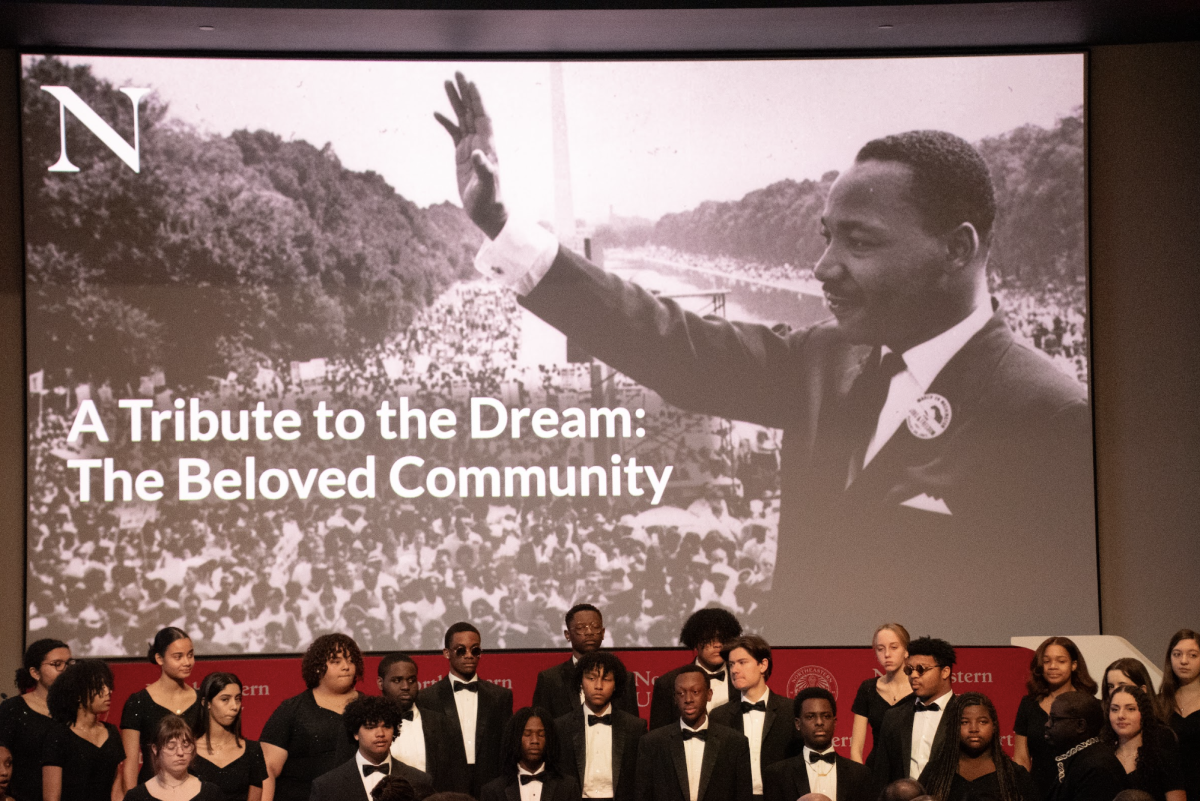Despite consistent efforts in the past few years, women remain drastically underrepresented in the male-dominated engineering field, said Rachel Reisberg, director of the Women in Engineering program at Northeastern. Reisberg spoke to students last Wednesday as part of the Women’s Studies’ Brown Bag Lunch Series.
Reisberg indicated significant differences in male and female enrollment in engineering programs, with women receiving less than 20 percent of the bachelor’s degrees in the field. Beyond college, women only hold around 10 percent of engineering positions in the workforce, she said.
One reason for the gap is a reported lack of self-confidence among female students — despite being equally as qualified as their male counterparts. Competition with males that have the same credentials yet greater confidence in their physics and engineering backgrounds causes many women to leave the program during their freshman or sophomore year, Reisberg said.
Reisberg said, though, the problem may go far deeper than the individual student. The field of engineering has always been male-dominated, she said, and many aspects of the schooling are set up in ways that may inhibit equal gender participation.
“Women tend to seek the societal benefits of technology,” she said. “They often need to be able to link [what they are doing] to wider societal values.”
Unfortunately, most engineering programs are not set up that way, she said.
Reisberg said many problems are presented in a male-oriented manner, with subject matter that females may not find as relevant or socially significant.
This also may account for the discrepancy in female enrollment between different types of engineering. Women make up 40 percent of chemical engineering students, a concentration that is often easier to find immediate social relevance to. In contrast, electrical and computer engineering has typically been almost entirely male- with only 12 percent female enrollment.
Regardless of what warrants female underrpresentation, it is can be undoubtedly harmful to the engineering field, Reisberg said. Female presence is necessary for the diversity of thought and opinion that goes into creative team efforts in any field of engineering.
Several female engineering students said they have found their input is invaluable in male-dominated co-ops. Caitlin Howieson, a middler electrical and computer engineering major, worked as the only female on a team creating medical biopsy devices to be used on women.
“It was important that they were able to come to me for a female perspective,” Howieson said.
Reisberg said many successful peer support programs are being used to motivate potential students and counteract the male-oriented aspects of programs.
“For [female engineering students] to feel like they’ve got others going through what they are going through is important,” Reisberg said. “A support structure, we’ve found, helps quite a bit.”
That support structure includes scholarships, social programs, academic support, leadership or career opportunities and themed freshman residence halls — a housing option many female Northeastern engineering students took advantage of this year.
While college programs are invaluable, Reisberg spoke of the importance of outreach programs beyond the university level. “Women lose interest in science and math as early as junior high school,” she said, adding that programs encouraging nontraditional female fields like engineering need to be implemented at an earlier level in order to be successful.
Other solutions include further networking with females in the engineering field and the implementation of programs that have shown to be more family-oriented. Biomedical engineering, though not offered at Northeastern, boasts a 50 percent female enrollment nationally and is being added to many universities. Reisberg attributes this to such majors’ application to society and their appeal to females as “nurturers.”
Despite extensive efforts to eliminate the gender gap, much of the problem may be attributed to issues affecting all professions with lacking female employment — such as the choice of family versus career, Reisberg said.
Reisberg, who left a job at IBM after 10 years to avoid putting her children through another move, cited the problem’s implications.
“This is one of the areas that will be very difficult to fix,” she said, explaining that women are more likely to leave the engineering profession for family obligations than men.
She pointed to the issue of children and family as a possible reason that it is less likely to have women as full professors of engineering at universities.
In spite of several challenges facing women engineers, some Northeastern students say the disparity has had no negative effects.
“People talk about prejudice in the field,” said Lindsey Tessier, a middler electrical engineering major. “On co-ops I may be the only girl on the team, but in my experience I’ve always been treated as an equal.”









